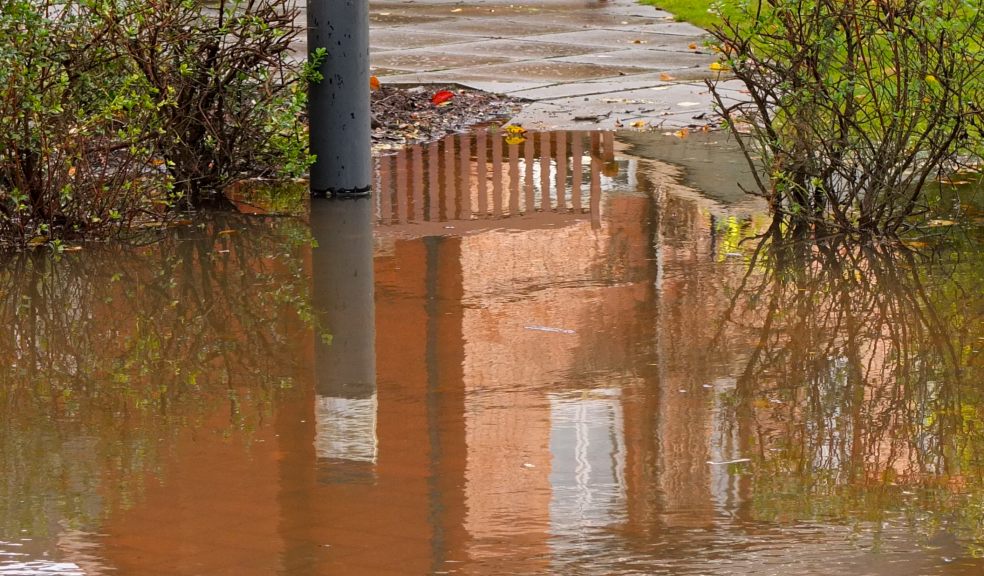
How to resurrect your garden after the floods
With all the floods the South West is experiencing at the moment, The Exeter Daily turned to The Royal Horticultural Society for a bit of advice on how to resurrect your garden once the flooding has subsided.
Few garden plants will survive waterlogging or flooding. Prolonged periods of sitting in ground saturated with water causes yellow leaves, root rot and death. However, conditions can be improved using various techniques to promote drainage and prevent damage.
Soils become waterlogged when water builds up, unable to drain away. This leaves no air spaces in the saturated soil, and plant roots literally drown.
Short-lived flash floods after a downpour seldom harm most plants. It is prolonged, saturated soil that cause the most damage.
Short term
- After flooding, wash down hard surfaces and collect up debris to prevent drains blocking, soil surfaces being covered, and pollutants or contaminants lingering in the garden. Wear gloves and overalls to minimise contact with pollutants.
- Keep off the soil until it is workable, to avoid compacting it and worsening the conditions.
- Remove damaged shoots from affected plants.
- After flooding, edible crops near to harvest are best not eaten: no assurances can be given that root crops will be safe to eat, so they should be discarded. Plants eaten raw should be discarded too, and it is prudent to avoid growing salads and other uncooked crops for two years in case disease spores remain in the soil. However, the following year after flooding, it should be safe to grow crops that are to be cooked.
- Apply a balanced fertiliser in the spring, mulching over the root area after application.
- Foliar feeds during the growing season may help improve leaf colour, and encourage new root growth.
- Water thoroughly in dry spells after a waterlogged period, as plants will be more susceptible to drought stress.
- Improve soil structure and drainage through cultivation.
- Avoid smearing the sides of planting holes on heavy soils – or prick the sides of the hole with a fork before planting.
- Consider planting trees on a slight mound
- Grow plants in raised beds.
- Choose permeable surfaces when laying drives, paths and patios to allow rain to soak in.
- Roofs converted into living green roofs absorb storm water and release it slowly.
- If there is somewhere for water to go, drainage can be installed. Or, where appropriate, it may be worth digging out a ditch or seasonal pond at the lowest part of the garden to catch surplus water and let it soak in slowly.
- Choose trees and plants that are well suited to wetter soils.
The photo of Villa Maison in Exmouth was kindly sent in by David Bunton.
Information provided by the Horticultural Society: visit http://apps.rhs.org.uk for further gardening advice














